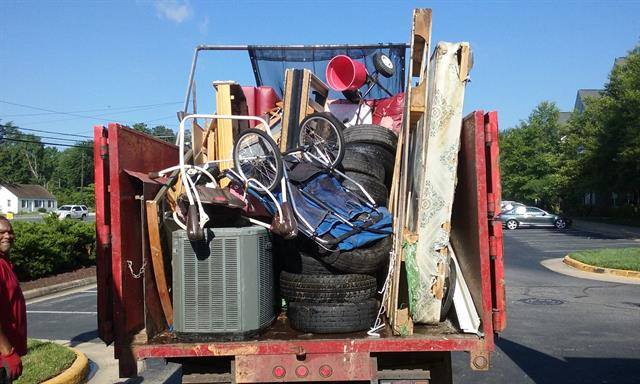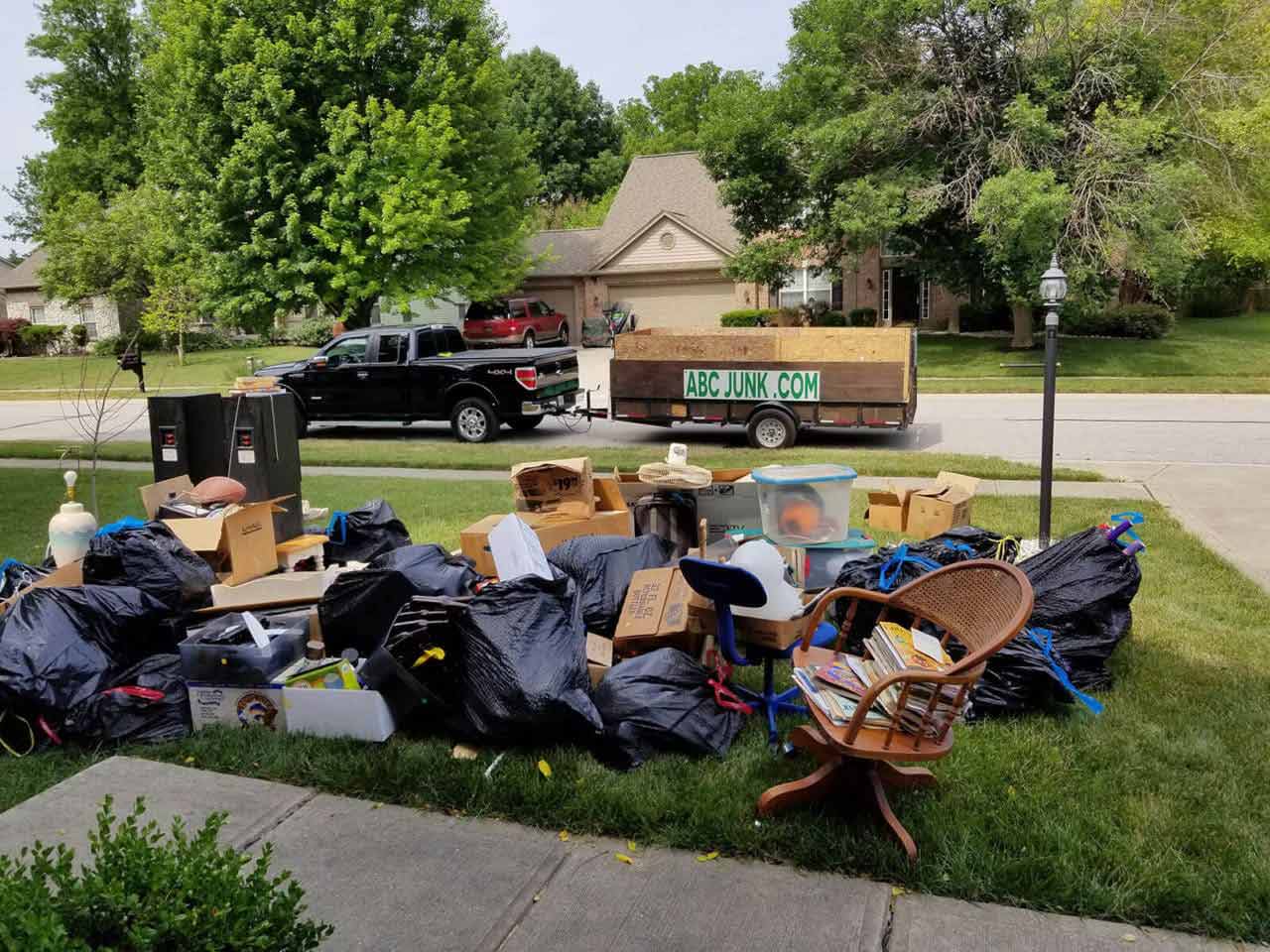Budget Friendly Construction Debris Removal Atlanta: Get Rid of Waste Rapid
Budget Friendly Construction Debris Removal Atlanta: Get Rid of Waste Rapid
Blog Article
Expert Waste Management Approaches Customized for Industrial Settings
Customizing waste management methods to match the distinct demands of commercial settings is not simply advantageous yet important for preserving operational effectiveness and environmental sustainability. The mission for enhanced waste administration in commercial setups includes a careful strategy that stabilizes governing conformity, cost-effectiveness, and ecological responsibility.
Value of Tailored Waste Monitoring
Customized waste monitoring techniques are vital in commercial setups to optimize resource utilization and reduce environmental impact. Industrial procedures create a significant amount of waste, varying from strong byproducts to chemical contaminants, posturing a risk to the atmosphere otherwise taken care of effectively (Construction debris removal atlanta). By personalizing waste administration techniques to match the specific requirements and difficulties of each industrial facility, companies can not just follow regulations yet additionally improve operational performance and sustainability
One trick aspect of tailored waste monitoring is performing a comprehensive waste evaluation to determine the types and volumes of waste generated. This analysis permits business to implement targeted remedies such as reusing programs, waste partition methods, and waste-to-energy efforts. By understanding the make-up of their waste streams, commercial centers can establish economical techniques to decrease waste generation at the resource, bring about long-term environmental advantages.

Kinds Of Hazardous Waste
What are the various categories of hazardous waste commonly produced in producing procedures? Industrial waste can be identified into a number of primary groups based on its structure and attributes. Hazardous waste is among one of the most critical kinds, consisting of chemicals, solvents, heavy metals, and various other products that pose a danger to human wellness or the environment. This category commonly requires special delivery and disposal approaches to avoid contamination and ensure security.
Another common type of hazardous waste is non-hazardous waste, which incorporates products like paper, plastics, and product packaging waste. While non-hazardous waste might not present instant dangers, proper management is still important to lower land fill use and promote recycling and sustainability methods.

Contaminated Materials Handling Treatments
Efficient monitoring of dangerous waste in industrial setups necessitates strict adherence to developed dealing with treatments to reduce risks and ensure environmental safety and security. house cleanouts Contaminated materials handling procedures involve numerous vital actions to minimize the potential effect on human health and wellness and the atmosphere. Firstly, proper recognition and classification of hazardous waste are essential. This consists of determining the attributes of the waste to ascertain the proper handling, storage space, and disposal methods.
Secondly, as soon as identified, contaminated materials should be very carefully set apart from non-hazardous waste to protect against contamination and guarantee appropriate therapy. Storage space of contaminated materials need to abide with laws regarding containment, labeling, and compatibility to avoid leaks, spills, or other incidents that can visit the website jeopardize employees or the atmosphere.
In addition, managing treatments ought to include making use of individual protective devices, employee training, and emergency situation response methods. Normal examinations, tracking, and paperwork of harmful waste handling activities are critical to keeping conformity and recognizing locations for renovation. By complying with these structured treatments vigilantly, industrial facilities can effectively manage contaminated materials and support their commitment to environmental stewardship.
Carrying Out Reliable Recycling Practices

To apply efficient recycling techniques, commercial facilities need to first perform a waste audit to recognize the types and quantities of recyclable materials created in their operations. Based on this audit, companies can after that develop assigned reusing stations, offer ideal training to staff members on proper sorting strategies, and team up with relied on reusing partners for the collection and processing of materials. Additionally, setting specific recycling objectives, tracking progression, and routinely connecting with team regarding the importance of recycling are vital steps to make sure the success and sustainability of her explanation reusing initiatives in commercial settings.
Tracking and Constant Renovation
To guarantee the efficiency and sustainability of waste monitoring approaches in commercial setups, the execution of durable tracking and continual enhancement procedures is critical. Surveillance includes monitoring vital efficiency signs (KPIs) such as waste generation rates, recycling percentages, and disposal costs. Regularly assessing these metrics permits companies to determine areas for improvement and gauge the success of applied waste administration efforts.
Continuous renovation is crucial for fine-tuning processes in time. It entails analyzing keeping track of data, recognizing ineffectiveness, and executing changes to maximize waste monitoring methods additionally. This iterative approach fosters a culture of continuous improvement and advancement within the company.
Using technology like waste monitoring software application and IoT sensing units can improve keeping an eye on efforts, supplying real-time information for notified decision-making. Staff member training and engagement also play an essential role in guaranteeing the success of surveillance and continuous improvement efforts, as frontline team are frequently principals in waste management processes.
Final Thought
Finally, customized waste management techniques are vital for commercial setups to effectively manage different types of waste, consisting of hazardous products. By carrying out reliable reusing techniques and continuously monitoring and improving waste management processes, industries can reduce their environmental effect and make sure conformity with guidelines. It is crucial for firms to focus on waste management to protect the environment and promote sustainability in their operations.
Report this page